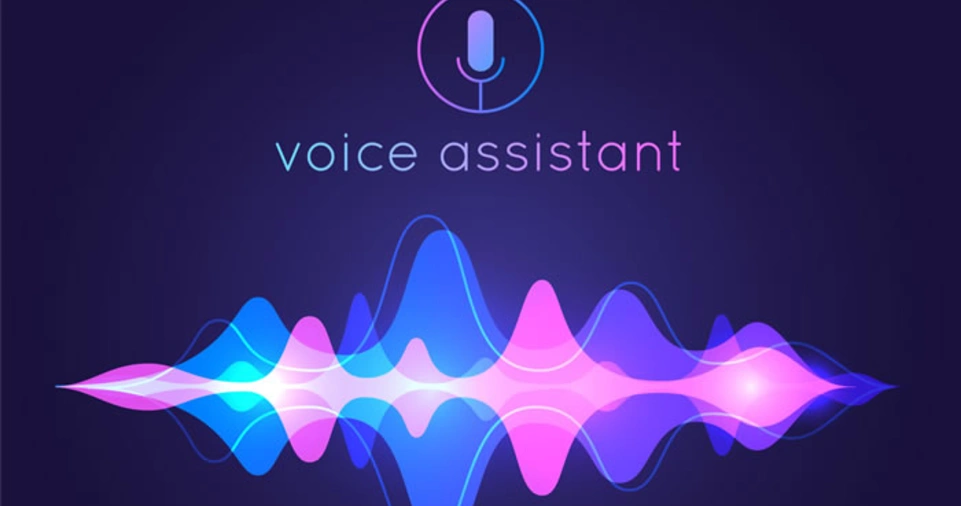Voice AI Knowledge Assistant transforms how you access and interact with data in real time.
Instead of digging through databases or typing queries, you can ask questions naturally and receive instant, accurate answers.
This technology allows your team to retrieve information hands-free, making operations faster and more efficient.
Whether you’re on the factory floor, in the office, or in the field, a Voice AI Knowledge Assistant provides seamless support by turning complex data into actionable knowledge.
It uses voice recognition, intent detection, and intelligent search to streamline decision-making and daily workflows.
In this article, you’ll learn how to implement this tool effectively, optimize your data structure, and build a smart assistant that delivers real business value.
Why You Need a Voice AI Knowledge Assistant
Traditional Data Access Is Slow and Inefficient
You collect massive amounts of data. But finding specific insights often requires sifting through databases, spreadsheets, or portals. This manual process slows down your team and introduces errors.
Voice Makes Data Instantly Accessible
A Voice AI Knowledge Assistant offers a natural way to interact with information. Just like you’d ask a colleague, you can ask your assistant:
“What’s the inventory status?” or “Show me last quarter’s sales data.”
This creates an intuitive user experience and reduces the learning curve for tools or platforms.
ALSO READ: Bot Technology: Transforming Education and Workforce Training
How a Voice AI Knowledge Assistant Works

Automatic Speech Recognition (ASR)
Your assistant first converts spoken language into text. This step captures the user’s request in a readable form.
Natural Language Understanding (NLU)
Next, it analyzes the text to understand intent. It identifies key phrases, topics, and entities to determine what the user really wants.
Knowledge Graph Integration
The system matches the intent with structured data. A knowledge graph organizes data into categories, relationships, and meanings, allowing precise information retrieval.
Disambiguation and Dialog Management
If the question is too vague, the assistant asks clarifying questions. For example:
User: “What’s the price?”
Assistant: “Do you mean the wholesale price or the retail price?”
Response Generation
The system presents the result either by voice or on-screen. A text-to-speech (TTS) engine reads it aloud, making it hands-free and fast.
Practical Use Cases in Different Industries
| Industry | Use Case Example | Benefits |
|---|---|---|
| Healthcare | Doctors ask for patient history while examining a patient | Saves time, improves care |
| Retail | Floor staff ask for stock availability by voice | Enhances customer service |
| Manufacturing | Technicians get repair procedures while using tools | Boosts productivity |
| Logistics | Drivers check delivery updates while on the move | Increases efficiency |
| Hospitality | Hotel staff ask for guest preferences instantly | Improves guest experience |
How to Prepare Your Organization for a Voice AI Knowledge Assistant
Step 1: Identify Who Needs the Assistant
Focus on people who need fast, on-the-go access to data. This often includes:
- Field workers
- Customer service teams
- Sales reps
- Factory staff
Ask yourself:
- Do they stop work to search for data?
- Are they overwhelmed by irrelevant information?
- Could voice access save them time?
Step 2: Organize Your Data
You cannot build a smart assistant without smart data. Make sure your data:
- Is structured and labeled clearly
- Has one “source of truth”
- Can be accessed via APIs
Create a well-organized knowledge base with taxonomies (categories) and ontologies (relationships).
Building the Right Tech Stack
Cloud-Based or On-Device?
Choose cloud-based solutions for scalability and high performance. Use on-device solutions only if you need offline access or have strict data privacy rules.
Select the Best Providers
| Option | Best For | Considerations |
|---|---|---|
| Big Tech (e.g., Google, Amazon) | High accuracy, scalability | Less flexibility, vendor lock-in |
| Startups and Niche Tools | Customization, innovation | Smaller support teams, higher risk |
Include These Technologies:
- Speech recognition tools (e.g., Whisper, Google Speech-to-Text)
- NLU engines (e.g., Dialogflow, Rasa)
- Knowledge graph management (e.g., Neo4j)
- Text-to-speech (e.g., Amazon Polly, Azure TTS)
Designing the Voice Experience

Use Clear and Specific Prompts
Teach users what to say. Examples:
- “Show me last month’s customer feedback.”
- “List overdue invoices for client ABC.”
Avoid vague prompts like “What’s up?”
Enable Follow-Up Questions
Your assistant should handle context. Example:
User: “What are sales numbers?”
Assistant: “For which region?”
User: “Europe.”
Assistant: “Sales in Europe last month were $520,000.”
This makes the interaction feel human.
Ensuring Accuracy and Trust
Build a Golden Set of Data
Define and validate the most important data points. Keep this set clean and updated. This ensures that your assistant always returns reliable answers.
Run Continuous Tests
Use regression testing to confirm the system behaves correctly even after changes. Test common and edge-case queries regularly.
Real-World Example: Construction Site Voice Assistant
Imagine a construction company using a voice assistant. Workers on-site wear smart helmets with built-in microphones. They ask:
“What’s the torque setting for beam B-27?”
Instead of flipping through manuals or leaving the area, they get the answer instantly. This saves minutes per query and prevents costly mistakes.
This assistant connects to the company’s internal manuals, safety rules, and project management tools—all through voice.
Benefits of Using a Voice AI Knowledge Assistant
| Benefit | Description |
|---|---|
| Faster Access to Information | No typing, no searching—just ask |
| Increased Productivity | Saves time across the board |
| Improved Data Accuracy | Reduces human error in data retrieval |
| Enhanced User Experience | Natural, intuitive interface |
| Better Decision-Making | Real-time insights improve response time |
Common Challenges and Solutions

| Challenge | Solution |
|---|---|
| Unstructured Data | Clean and label data consistently |
| User Reluctance | Provide training and show clear benefits |
| Integration Complexity | Use flexible APIs and middleware |
| Privacy and Security | Apply role-based access and encryption |
| Handling Ambiguous Queries | Use context and dialog management features |
ALSO READ: How Crowdsourced Data Is Reshaping the Airline Industry?
Final Thoughts
A Voice AI Knowledge Assistant is more than a tool—it’s a strategic advantage. You give your team faster, smarter access to the data they rely on.
Whether you work in healthcare, construction, retail, or any data-driven industry, voice AI can help streamline your operations.
To succeed, start with clear goals. Structure your data. Choose the right tech. And always put the user’s needs at the center of your design.







